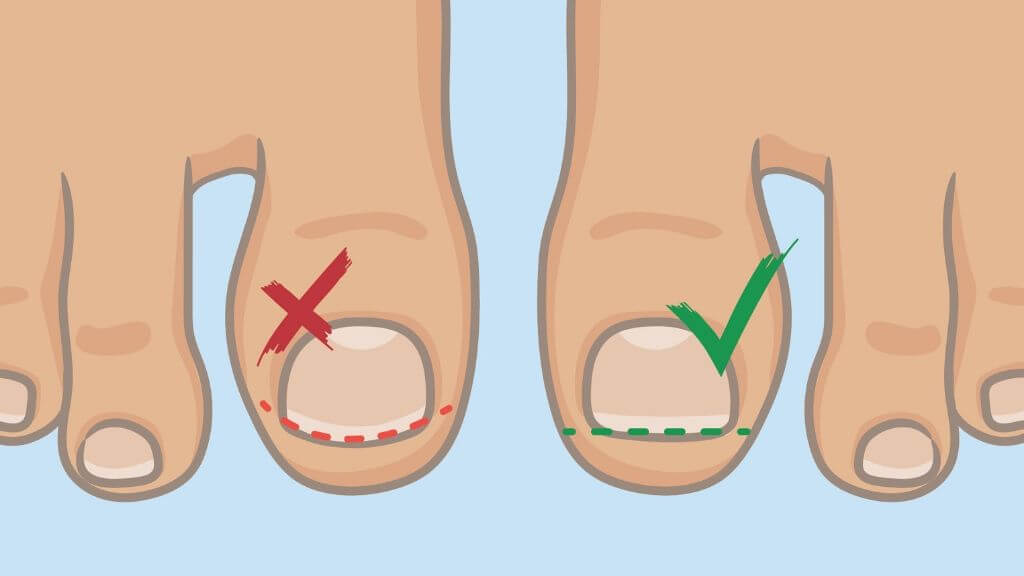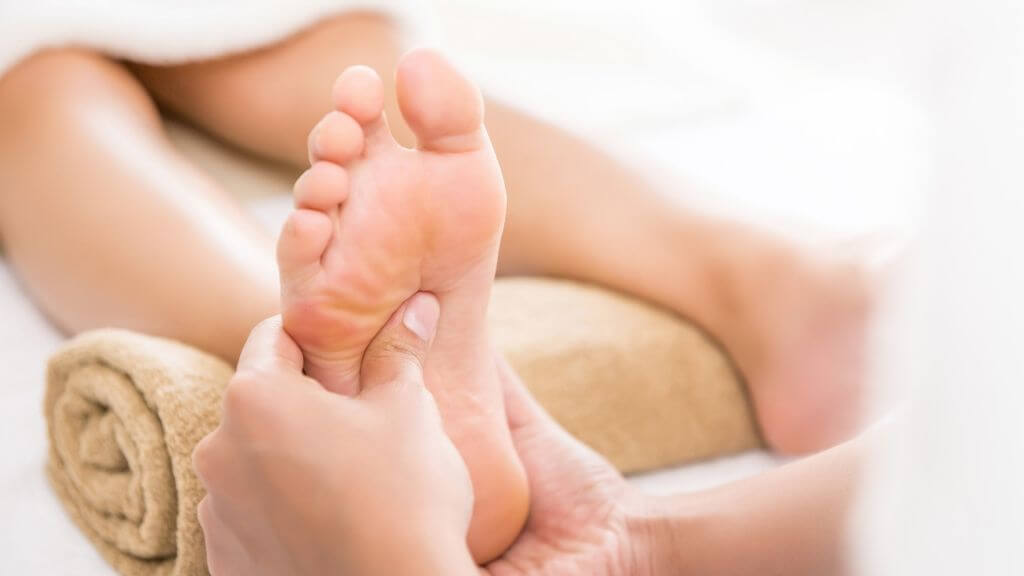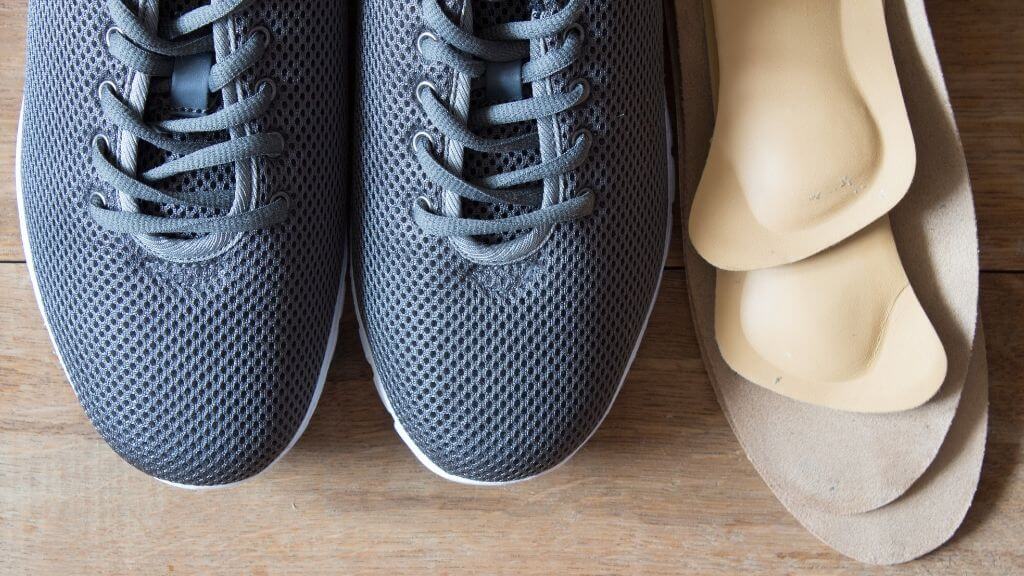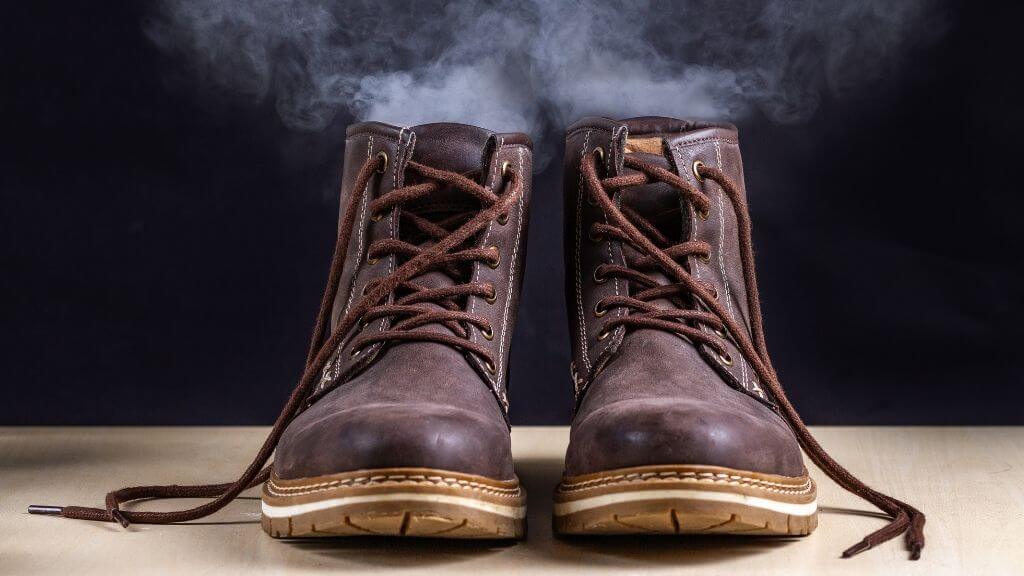7 Easy Tips to Soothe Painful Feet and Keep Them Healthy
7 minute read
You may not think of your feet when it comes to health, but they really are important. In and out of shoes, up and down all day, exercising and moving around, not to mention sweating, and the numerous infections because of their close proximity to the ground.
When you give it some thought, your feet really deserve some attention and TLC. Here are 10 great tips on how to help your feet help you.
The Dos and Don’ts of Healthy Feet
There are a number of simple tips you can try to keep your feet active and healthy. Healthier feet will mean less pain for you, and a better chance of getting wherever you need to go.
1. Do Dry Them
Good hygiene is the foundation of healthy feet. Whenever you shower or bathe, be sure to thoroughly scrub your feet with soap and water. Afterwards make sure they are completely dry. Fungal organisms and bacteria love moist and damp conditions, and will thrive if you do not dry your feet thoroughly.
2. Do Cut Your Toenails
When trimming your toenails, cut them straight across the toe and be sure not to cut too close to the skin. You also want to avoid drastically rounding the edges, as this can promote ingrown toenail growth.

3. Don’t Share Footwear
Wearing other people shoes or socks, even if for a brief moment, can spread fungal or bacterial infections. This includes rental shoes as well, so if you ever have to borrow another pair of shoes, be sure to bring your own socks.
The best bet is always to just have your own shoes for any possible occasion.
4. Do Protect Them
Whenever you are in a public area, such as the pool, gym, or locker room, make sure you protect your feet. Wear shower shoes in these places to avoid picking up bacteria that are lurking on the floors here.
These moist environments are perfect breeding grounds for viruses and bacteria just waiting to cause you a foot infection.
5. Do Regular Examinations
In the shower or bath, be sure to examine your feet at least once a week. The best time to do this is when you are drying them off. Check your soles for any signs of peeling or athlete’s foot as well as any discoloration that could indicate a toenail fungus.
If you have diabetes, you should be checking your feet more often, as you are at higher risk for sores and infections.

6. Don’t Hide the Ugly With Polish
If you have nails that are discolored, cracked, or crumbling, do not cover them with nail polish. These are signs of a fungal infection and the polish will actually make the infection worse. Treat the toenails first, and then you can paint any color you want.
7. Do Get the Right Shoes
You want footwear that allows your feet to breathe. This allows them to stay dry and infection-free, as well as avoid excessive sweating. You also need shoes that fit properly, as anything too tight will cause damage.
| Related: 4 Easy Ways to Improve Your Posture and Relieve Back Pain |
The ideal time for shoe shopping is at the end of the day when your feet are slightly swollen. Choose broad, rounded shoes that allow room for your toes and avoid pointed shoes, which can cramp your toes and cause ingrown toenails and calluses.
Common Foot Problems and What to Do
Wearing the wrong shoes and not giving your feet the love they deserve can lead to some common foot problems. No need to worry, though; even if you develop any of these common foot issues, there are treatment options available to help get your feet back into great shape and great health.
Calluses
These are patches of thick and hardened skin caused by poor shoe choices and frequently walking barefoot. You can use salicylic-acid corn and callus remedies to help soften this skin, and then be sure to protect your feet and moisturize often to prevent them from coming back.
While calluses usually do not present any significant health problems, they can become inflamed and painful. If this happens, see a podiatrist is a good idea.

Athlete’s Foot
This fungal infection develops between the toes as a result of sweaty, confined feet. An itchy and scaly rash can appear but can be treated. Wear aerated shoes if you are very active. Topical antifungal ointments will clear up the rash for you.
Ingrown Toenails
When toenails are cut too short around the edges, the nail can grow into the soft skin, causing redness and pain. Lifting or removing the toenail helps, as does antibiotic treatment.
You can easily avoid this by trimming your nails straight and not close to the edges or corners.
Toenail Fungus
This is caused by a bacteria that can be picked up in showers, locker rooms, or because bacteria love damp, sweaty feet. The appearance of your nail will change, becoming discolored and cracked or brittle.
Avoid nail polish and treat with antibiotics and antifungal medications, depending on the culprit behind the infection. There are also topical ointments you can place on the nail. Just be sure not to polish them again until the infection is completely cleared, as the polish can aggravate the infections.
Blisters
Small pockets of fluid typically result from wearing the wrong shoes or from walking for extended periods of time. These can be easily infected if the blister bursts, so immediate treatment is best.
Be sure to let the blister breathe and apply antibacterial creams to the area.

Foot Odor
Sweat and bacteria are the main causes of stinky feet, and these can be eliminated with regular washing as well as using odor eaters in your shoes.
The Bottom Line
Neglecting the health of your feet can cause health problems in general and lead to unnecessary pain. Just because they are at the bottom of your body doesn’t mean they should be the bottom of your priority list.
Don’t let it be a case of out of sight, out of mind. Take care of your feet and promote their health. In return, they will be sure to get you everywhere you need to go.












